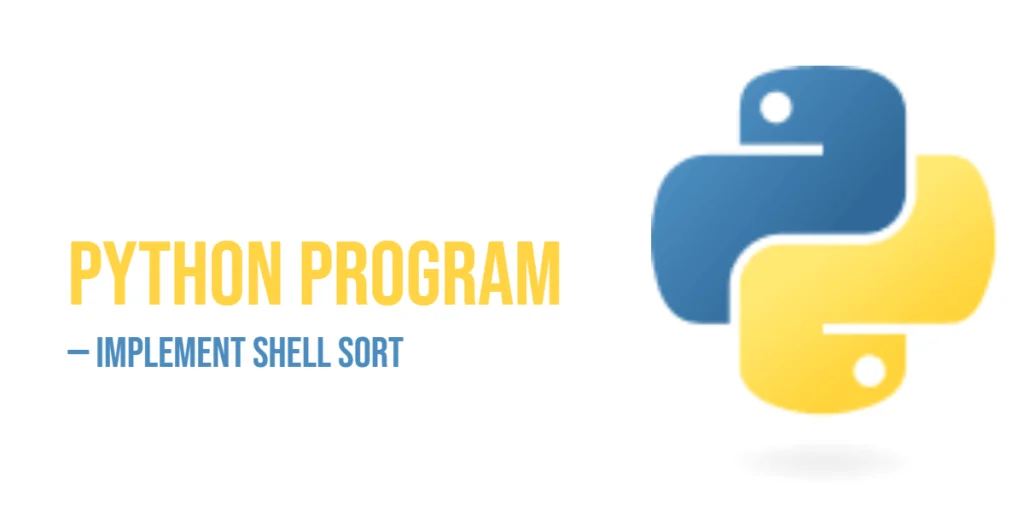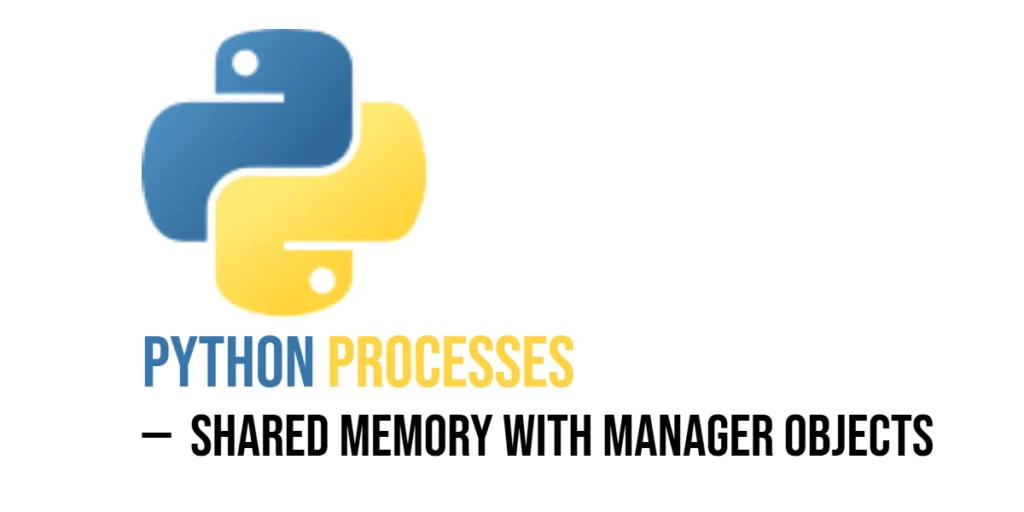Sorting is an essential concept in programming that helps organize data efficiently. Shell Sort is a simple yet powerful algorithm that improves on the basic Insertion Sort by allowing elements far apart to move closer to their correct positions faster. This reduces the number of comparisons and swaps needed, making it suitable for medium-sized datasets where efficiency matters.

with hands-on learning.
get the skills and confidence to land your next move.
For beginners, learning Shell Sort in Python is an excellent way to understand how incremental improvements in algorithms can enhance performance. Shell Sort is used in applications such as arranging lists for faster searches, optimizing database operations, and handling arrays where memory efficiency is important. Implementing it also introduces key concepts like loops, gap sequences, and incremental sorting logic, which are foundational for mastering more complex algorithms in the future.
Program 1: Basic Shell Sort Using Loops
This program demonstrates the classic Shell Sort approach by gradually reducing the gap between elements and performing insertion-style sorting for each gap.
def shell_sort(arr):
n = len(arr)
gap = n // 2
while gap > 0:
for i in range(gap, n):
temp = arr[i]
j = i
while j >= gap and arr[j - gap] > temp:
arr[j] = arr[j - gap]
j -= gap
arr[j] = temp
gap //= 2
return arr
numbers = [12, 34, 54, 2, 3]
sorted_numbers = shell_sort(numbers)
print("Sorted list:", sorted_numbers)In this program, the gap starts at half the length of the list and decreases in each iteration. Within each gap, elements are compared and moved using an insertion-style approach. Beginners can see how Shell Sort improves efficiency by allowing distant elements to move toward their correct position quickly, reducing the number of overall comparisons needed.
Program 2: Shell Sort in Descending Order
Shell Sort can also be modified to sort lists in descending order. By changing the comparison logic, the algorithm ensures that larger elements move toward the front of the list.
def shell_sort_desc(arr):
n = len(arr)
gap = n // 2
while gap > 0:
for i in range(gap, n):
temp = arr[i]
j = i
while j >= gap and arr[j - gap] < temp:
arr[j] = arr[j - gap]
j -= gap
arr[j] = temp
gap //= 2
return arr
numbers = [23, 12, 1, 8, 34, 54, 2, 3]
sorted_numbers = shell_sort_desc(numbers)
print("Sorted list in descending order:", sorted_numbers)This version uses the same gap-based approach but reverses the comparison operator. Beginners can see how minor changes in logic can reverse the sorting order while keeping the algorithm structure intact, reinforcing the concept of customizable sorting.
Program 3: Shell Sort with Custom Gap Sequence
For more advanced performance, Shell Sort can use a custom gap sequence rather than simply halving the gap each time. This program demonstrates a simple variation using a specific sequence of gaps.
def shell_sort_custom_gap(arr):
n = len(arr)
gaps = [5, 3, 1]
for gap in gaps:
for i in range(gap, n):
temp = arr[i]
j = i
while j >= gap and arr[j - gap] > temp:
arr[j] = arr[j - gap]
j -= gap
arr[j] = temp
return arr
numbers = [19, 2, 31, 45, 6, 11, 121, 27]
sorted_numbers = shell_sort_custom_gap(numbers)
print("Sorted list using custom gap sequence:", sorted_numbers)Using a custom gap sequence can improve the efficiency of Shell Sort, especially for larger lists. Beginners can learn how the choice of gaps affects performance and see how Shell Sort can be adapted for different datasets while maintaining its core logic.
Program 4: Shell Sort for Floating-Point Numbers
Shell Sort works for decimals as well. This program sorts an array of floating-point numbers in Python.
def shell_sort_floats(arr):
n = len(arr)
gap = n // 2
while gap > 0:
for i in range(gap, n):
temp = arr[i]
j = i
while j >= gap and arr[j - gap] > temp:
arr[j] = arr[j - gap]
j -= gap
arr[j] = temp
gap //= 2
numbers = [23.5, 12.1, 1.0, 8.6, 34.3, 2.2]
print("Original Array:", numbers)
shell_sort_floats(numbers)
print("Sorted Array:", numbers)Sorting decimal numbers shows Shell Sort’s versatility. Beginners can see that the same algorithm can handle different numeric types without structural changes.
Program 5: Recursive Shell Sort
Although Shell Sort is typically iterative, it can also be implemented recursively. This program sorts an array by reducing the gap recursively.
def recursive_shell_sort(arr, gap):
if gap == 0:
return
for i in range(gap, len(arr)):
temp = arr[i]
j = i
while j >= gap and arr[j - gap] > temp:
arr[j] = arr[j - gap]
j -= gap
arr[j] = temp
recursive_shell_sort(arr, gap // 2)
numbers = [29, 10, 14, 37, 13, 5]
print("Original Array:", numbers)
recursive_shell_sort(numbers, len(numbers) // 2)
print("Sorted Array:", numbers)Recursion demonstrates how repeated logic can solve smaller subproblems. Beginners learn the concept of breaking a task into stages and applying a consistent pattern repeatedly.
Frequently Asked Questions (FAQ)
Shell Sort often raises questions for beginners. Here are some answers to clarify key points.
Q1: What is the time complexity of Shell Sort?
The average-case complexity is between O(n log² n) and O(n²), depending on the gap sequence used.
Q2: When should I use Shell Sort?
It is suitable for medium-sized datasets where simple algorithms like Insertion Sort are too slow, but advanced algorithms like Quick Sort may be overkill.
Q3: Is Shell Sort stable?
No, Shell Sort is generally not stable because it can move equal elements past each other during sorting.
Q4: Can Shell Sort sort floating-point numbers?
Yes, it works for both integers and decimals without modification.
Q5: How does Shell Sort differ from Insertion Sort?
Shell Sort is a generalization of Insertion Sort. By allowing elements to move multiple positions in a single step, it reduces the total number of comparisons.
Conclusion
Shell Sort is a versatile algorithm that bridges the gap between simple and more advanced sorting methods. In this article, we explored multiple implementations in Python, including basic sorting, custom gap sequences, floating-point sorting, recursion, and reverse-order sorting.
For beginners, practicing Shell Sort builds a strong foundation in loops, comparisons, recursion, and incremental problem-solving. Experimenting with different gap sequences and data types strengthens algorithmic understanding and prepares you for tackling more advanced sorting challenges confidently.







